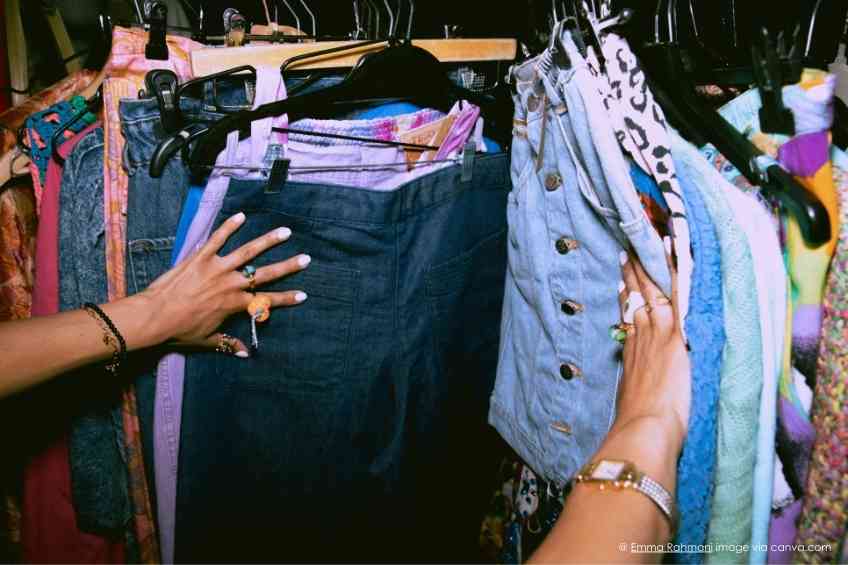By John Salak –
Thrifting may be all the rage for financial, fashion and environmentally sound reasons, but thrifting can be buggy business—with a potential dark side to the practice for those not schooled in the related pitfalls.
Hunting for and finding amazing, marked down secondhand fashion items at thrift stores can buff up a person’s wardrobe, be fun, financially rewarding and eco-friendly. Unfortunately, it can also lead to unintended health consequences if these items aren’t thoroughly cleaned before wearing. Germs, ringworms, bed bugs and more can all be lingering on these clothing items just waiting to latch on to their new owners.
The problem can even surface in new clothes, at least according to British content creator May Rickets, who claims she got ringworm after handling new clothing as part of her job.
“When you buy new clothes, please wash them,” Ricketts told her 300,000 TikTok followers. “I know [that when] you buy something new, you just want to wear it — but I got ringworm for working in the fitting room of a big clothes retailer.”
Ricketts’s tale shouldn’t be surprising. The Centers for Disease Control and Prevention (CDC) warns the spread of these ringworm bug bites is often transmitted from clothing that has been used by others—even in a fitting room—and hasn’t been disinfected.
The CDC specifies that ringworm “can spread through clothing, towels and bedding that [has] not been disinfected after use by someone with ringworm.”
The dangers are real, Ricketts adds. “It’s grim out there,” she said. “People try on clothes [at a store], they bring them back and sometimes they reek…or they’re carrying contaminants like ringworm. All I did was handle the clothes—I didn’t even put them on and I got ringworm from touching them.”
If buying new clothes is risky, the dangers associated with thrifting are even greater. And since the practice is booming, the potential for health problems to spread through these secondhand items is significant. It is also unlikely to subside anytime soon.
A 2025 study by CouponFollow, in fact, reports that 88 percent of thrifters are motivated by savings, while slightly more than 40 percent of these shoppers are looking to find unique clothing and to help the environment by recycling. About a third are looking for a treasure that’s been discarded by others. All of these percentages have increased significantly since the group’s 2020 survey.
Despite the concerns, shopping gurus are quick to support thrifting and thrift stores.
“The crucial point to consider here is the cleaning and sanitation process that thrift clothes undergo before they hit the store racks,” reports the website Charlotte B Closet. “It’s a rigorous procedure involving sorting, washing, sanitizing, and, in some cases, repairing. This makes thrift store clothes just as safe to wear as new ones, if not safer.”
Even with these precautions, it’s wise to thoroughly wash and clean any treasures found while thrifting.













